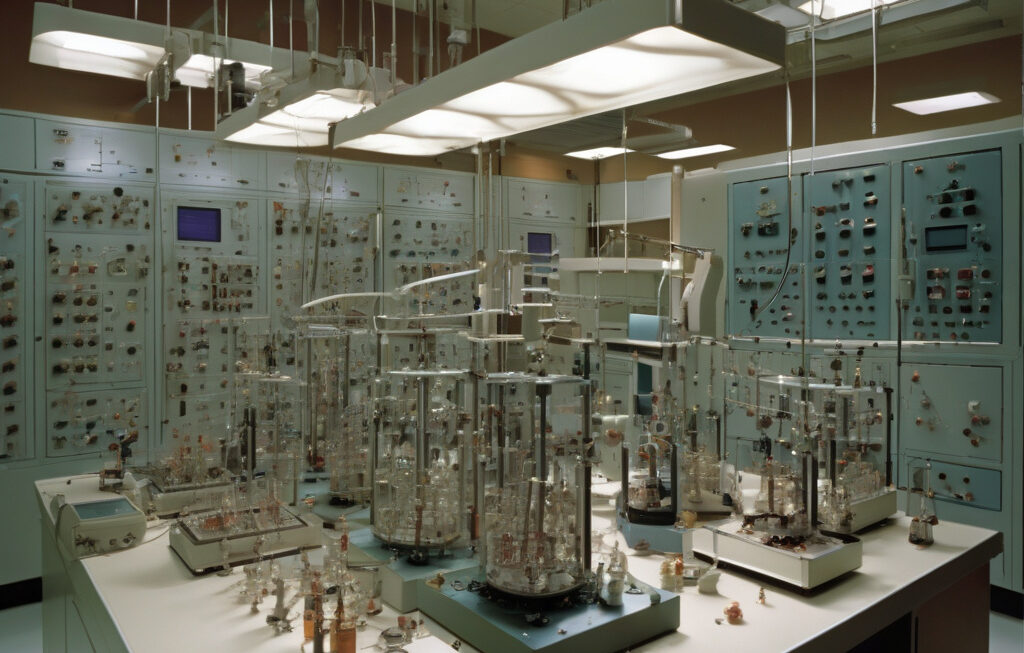In one of the largest and most important Iron Age finds in the history of the United Kingdom, approximately 800 objects dating back to 2,000 years ago have been unearthed. This significant discovery has the potential to shed light on various aspects of the UK’s rich and diverse history, providing valuable insights into the lives of ancient communities and their cultural practices.
The excavation, which took place at a site in the heart of the British countryside, has already yielded a treasure trove of artifacts, including pottery, tools, jewelry, and other items that offer clues about the daily lives and customs of the people who inhabited the region centuries ago. Archaeologists and historians are eager to analyze these objects in greater detail to unravel the mysteries of the past and piece together the story of this ancient society.
Among the most intriguing finds are intricately crafted pieces of jewelry, such as necklaces, bracelets, and rings, which speak to the artistic skill and craftsmanship of the Iron Age inhabitants. These adornments not only served decorative purposes but also held symbolic significance, reflecting the social status and cultural beliefs of the individuals who wore them.
In addition to jewelry, the excavation has unearthed a diverse array of tools and implements that were essential for daily life in the Iron Age. From agricultural equipment like plows and sickles to household items such as cooking utensils and storage containers, these artifacts provide valuable insights into the agricultural practices, trade networks, and technological advancements of the period.
Furthermore, the discovery of pottery fragments at the site offers a glimpse into the culinary traditions and dietary habits of the ancient inhabitants. By studying the shapes, sizes, and decorative motifs of these vessels, researchers can glean information about the types of food that were consumed, the cooking methods that were employed, and the cultural practices surrounding communal meals and feasting.
One of the most remarkable aspects of this excavation is the sheer quantity of objects that have been unearthed, indicating that the site was a hub of activity and possibly a significant settlement or trading post in ancient times. The meticulous documentation and analysis of each artifact will enable experts to reconstruct the social structure, economic activities, and religious practices of the community that once thrived in this location.
As researchers continue to sift through the layers of history preserved at the site, new revelations are bound to emerge, enriching our understanding of the past and connecting us more deeply to our cultural heritage. The preservation and interpretation of these artifacts are crucial for ensuring that the stories of our ancestors are not lost to the sands of time but are instead celebrated and shared for generations to come.
In conclusion, the excavation of 800 objects dating back to 2,000 years ago represents a remarkable opportunity to uncover the hidden treasures of the UK’s history and illuminate the legacy of the ancient peoples who shaped the landscape of the country. By piecing together the fragments of the past, we can create a more comprehensive narrative of our shared heritage and appreciate the enduring legacy of those who came before us.
heritage, archaeology, IronAge, UnitedKingdom, culturalhistory












